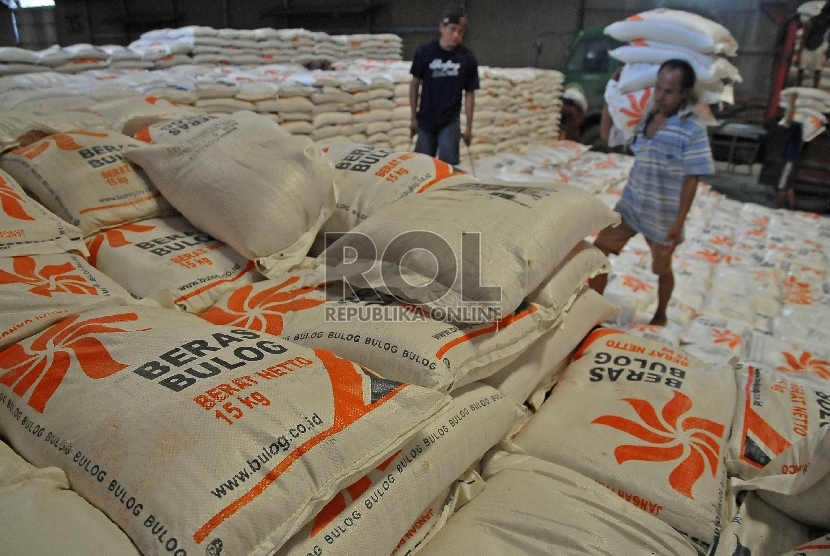REPUBLIKA.CO.ID, JAKARTA -- Indonesia has experienced significant growth in terms of food security. According to data from the Food Security and Vulnerability Atlas 2015 released by the government with the World Food Programme (WFP), food security in Indonesia has increased in the 398 regions.
"According to the Atlas, at least 15 percent of the regions are vulnerable in terms of food security. It is decline sharply compared to a decade ago, which reached 22 percent," said WFP Executive Director Ertharin Cousin in the Vice President’s office, Jakarta, on Wednesday, July 8.
Furthermore, the regions were very vulnerable in terms of food security in Papua. According to him, the average poverty rate could reach more than 25 percent.
However, he claimed, since Atlas was released in 2005, the poverty rate was recorded declines and reported an improvement in the access to food distribution in all regions in Indonesia. At the same time, he added, the government managed to build better health facilities as well as build roads and electricity.
According to Cousin, a number of challenges still faced by Indonesia related to food security, namely the existence of injustice, infrastructure, natural disasters, and climate change. In addition, the government also needed to pay attention to malnutrition cases. Because, more than a third of Indonesian children aged under five years old have less high according to their age.
Even these numbers has not declined since 2010 and could impact on the health and welfare of the Indonesia citizens. Meanwhile, there were a lot of adults who were obese.
WFP supported the government in improving food security since 2002. The first report was released in 2005. Meanwhile, Vice President Jusuf Kalla, said WFP will continue to work with Indonesia to help deal with food security.
"We have cooperation in the long time with WFP, it’s very good, how to improve the nutrition and food availability. If we lack of food, they will help us. Like Aceh, when the El-Nino, they also gave (food aid)," said VP.


